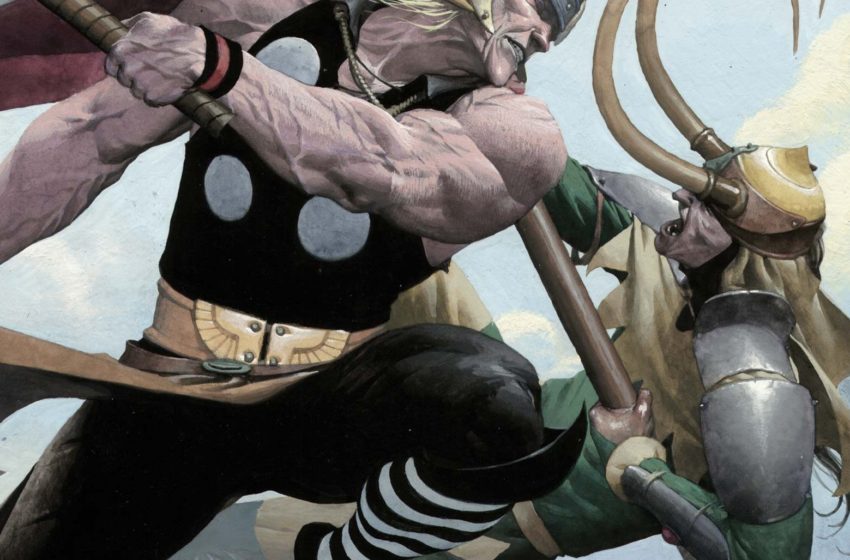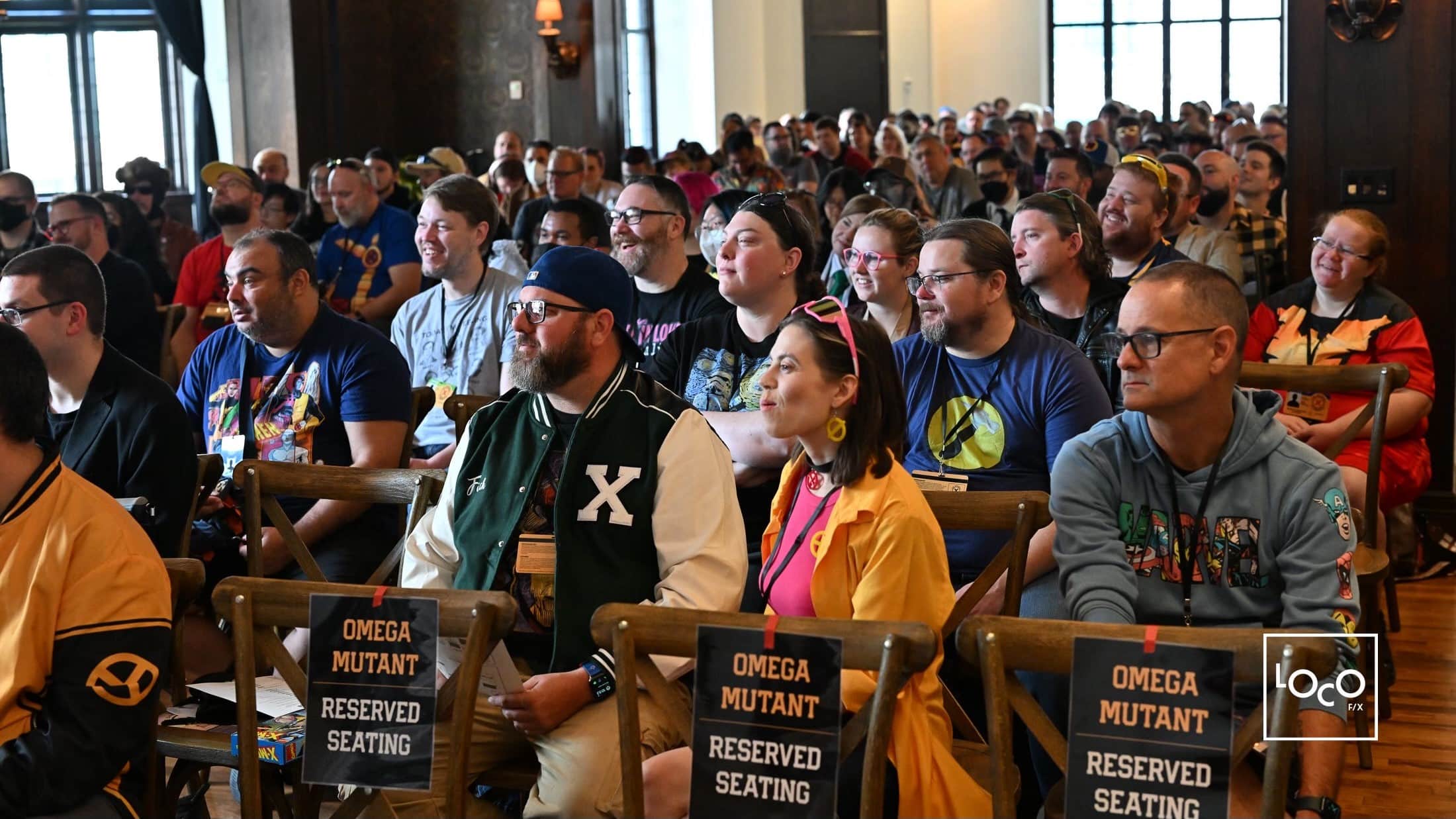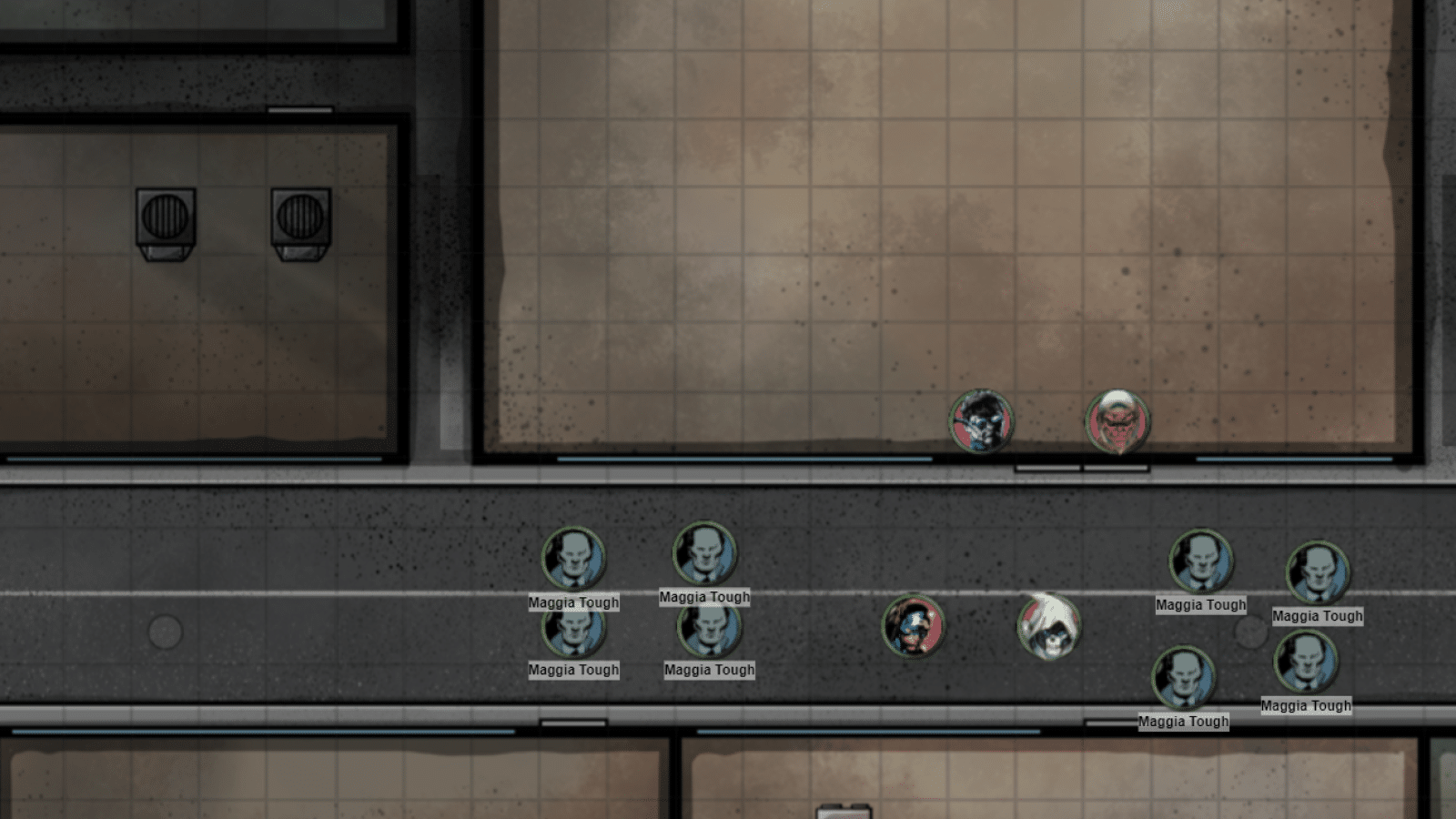Explore the history of Marvel’s mischievous trickster god in honor of his Disney+ debut!
From stalwart super-villain of the Silver Age to one of Marvel’s first gender-fluid characters (depending on whom you ask, and when), Loki has amassed a large & complex history in both comics and via his appearances in the Marvel Cinematic Universe, where actor Tom Hiddelston plays him to acclaim and breakout-character status. Previously functioning in the MCU chiefly as a villain and occasionally as a reluctant ally, the character is now poised to take center stage in the latest Disney+ series. After the twisty TV pastiches of WandaVision and the more traditional action-adventure stylings (mixed with racial politics, to varying degrees of success) of Falcon and the Winter Soldier, Loki promises to strike its own tone in the MCU, as the time-tossed would-be villain runs afoul of the Time Variance Authority, represented by Wes Anderson favorite and Derek Zoolander best bud, Owen Wilson. With the MCU writers rarely shy about plumbing characters’ backstories for inspiration, let’s take a look in the nooks & crannies of Loki’s long history and see where potential inspiration may lie.
Five Loki Looks
Classic Baddie

Making his first appearance in August 1962’s Journey into Mystery #85, for the first few decades of his existence, Loki was presented as a fairly typical super-villain albeit one with Shakespearean overtones (thanks to the fact that his most frequent enemy, Thor, was also his brother) and a helmet with some really awesome horns. This Loki empowered super-villains like the Absorbing Man to fight on his behalf, inadvertently created the Avengers, and consistently tried to claim the throne of Asgard for himself.
80s Prime Mover

As the 80s turned into the 90s, Marvel published “Acts of Vengeance”, an Avengers-driven linewide crossover that found super-villains “trading” their typical opponents for new ones, hoping to catch the heroes off-guard. Posing as an obsequious lackey to the main “Prime Mover” villains while wearing an 80s power suit and slicked-back hair, Loki was eventually revealed to be the true orchestrator of the plot, an attempt to get revenge on his brother and vent his anger at being responsible for the creation of the Avengers.
Lady Loki

Following one of the longer-lasting “Ragnarok” cycles (in which the Asgardian gods seemingly meet their end), the Thor and his godly brethren returned to life on Earth in new bodies and gathered in rural Oklahoma; when Loki came back, it was in the body of a woman. While this was eventually revealed to be the body of fellow Asgardian Lady Sif, Loki maintained a female form even after Sif reasserted herself, the first indication of the character’s gender fluidity.
Kid Loki

After Loki died (again) in the course of the Siege crossover, the character was reborn as a young boy, the result of various machinations made by his adult self to cheat death. Attended by a Magpie named Ikol who was the physical manifestation of Loki’s nefarious adult side, Kid Loki worked to combat his older self’s darker urges. He eventually joined the Young Avengers and was revealed to be a manifestation of Adult Loki’s guilty conscience.
President Loki

After the death of Kid Loki and the rebirth of Ikol as a slate-cleaned, all new Loki, the character ran for office in Vote Loki, a miniseries meant to tap into the zeitgeist of the 2016 US presidential election. Not the most well-regarded of stories, the look nevertheless is slated to at least make an appearance in the Disney+ show based on promos.
Top MCU Moments
Double Cross
Loki serves as the primary antagonist of the first Thor film, though in true Loki fashion that’s both not entirely clear at first and, ultimately, Loki is in it for himself, as the scene in which he double-crosses his biological father after double-crossing his adoptive father proves: his goal was never revenge on Odin, it was to prove himself worthy of Asgard’s throne through Machiavellian plotting. It is a twist which sets the stage for the various double- and triple-crosses the character will execute in the films to come.
Puny God
Arguably the comedic highlight of the first Avengers film, a defiant-in-the-face-of-defeat Loki has his preening monologue interrupted by a very angry Hulk.
Ragnarok
One of the many ways the delightful Thor: Ragnarok is so much fun is how it homages specific plot points, sequences, and even panels from writer/artist Walt Simonson’s long run on Thor. Seeing Loki fighting alongside his brother, save the people of Asgard, and orchestrate Ragnarok (on Thor’s orders) pays homage to his role in Simonson’s stories, when the oft-one dimensional comic book villain became much more complex and nuanced.
No Resurrections This Time
After several previous fake outs, the MCU Loki dies for real at the hands of Thanos in the opening minutes of Avengers: Infinity War, effectively setting the stakes for the rest of the film. As Thanos tells Loki just after he brutally crushes his neck, there will be no resurrections this time.
Peace Out
It’s a brief moment, but an important one for the existence of the Loki TV show: as the time-traveling Avengers try to acquire the space stone-containing Tesseract from their past selves, the recently-defeated Loki of 2012 picks up the cube and vanishes; it is this Loki, several years prior to his brief forays into heroism and his eventual death, that is the star of the new series.
What’s the Deal with the Time Variance Authority?
Created by Walt Simonson & Sal Buscema in Thor (vol. 1) #372, the Time Variance Authority or TVA is tasked with protecting the various realities which comprise the Marvel Universe. Responsible for stepping in to prune unwieldy realities or prevent individuals from altering timelines, the TVA is often presented as a massive and somewhat humdrum bureaucracy despite their cosmic responsibilities, and are poised to be adapted for the small screen in Loki.
TVA details of note include:
- Though created by Simonson and chiefly (though not exclusively) appearing in comics written by him, the TVA is an homage to longtime Marvel editor and Captain America writer Mark Gruenwald, who was considered Marvel’s continuity maven for many years, spearheading the original Official Handbook of the Marvel Universe projects and generally serving the same purpose in the real world as the TVA does in-universe.
- As such, while the members of the TVA are often depicted as nearly identical workers (a play on their role as faceless bureaucrats), the majority are drawn to resemble Gruenwald.
- One of the notable TVA managers in comics is Mobius M. Mobius, who first appeared during Simonson’s run on Fantastic Four. He is being played in Loki by Owen Wilson (who does not resemble Mark Gruenwald).
- Though the influence and power of the TVA is large, it is not universal, and some beings have been able to act outside its reach, notably the time traveling Avengers villain Kang the Conqueror.

Eight Notable Loki Issues
Avengers (vol. 1) #1

This issue is packed with major Silver Age shenanigans, from the Hulk hiding at a carnival by posing as a clown robot (?) to oodles of ham radio enthusiasm, but it also features arguably the biggest success/failure of Loki’s career: the inadvertent creation of the Avengers, when a scheme to use the Hulk to dispatch his brother Thor brings together Earth’s mightiest heroes for the first time.
Thor (vol. 1) #353

In the finale to the epic “Surtur War”, Loki teams up with his father and brother to defeat the evil Surtur and stave off the destruction of Asgard. Though he’s still in it for himself, it represents a notable deepening of his character that is reflected in some of his later MCU stories.
Avengers West Coast (vol. 1) #55

“Acts of Vengeance” is a story that works better as a concept than it does in execution (it’s also the rare crossover where the ancillary tie-in issues are largely better than the ones advancing the main plot), but it nevertheless represents something of a high-water mark for “classic bad guy” Loki, as his beef with Thor ensnares nearly all of the Marvel Universe. This is the issue which reveals him as the power behind the Prime Movers once and for all.
Thor (vol. 3) #5

Loki presents as female for the first time, being reborn in the body of Sif.
Siege #4

This issue effectively marks the end of classic bad guy Loki as her manipulation of Norman Osborn brings an end to Osborn’s dark reign over the Marvel Universe, but also results in her death at the hands of the deranged Sentry/Void.
Thor (vol. 1) #617

Following her death in Siege, Loki is reborn once more, as Kid Loki makes his debut.
Journey Into Mystery (vol.1) #645

Kid Loki “dies”, as his form is taken over by the lingering presence of his adult self who orchestrated his creation as a way to cheat death.
Loki: Agent of Asgard #14

Loki’s gender fluidity is confirmed once and for all.
Catch Loki on Disney+ starting on June 9. Follow CXF’s coverage of the series, led by Armaan Babu, here.
Austin Gorton also reviews older issues of X-Men at the Real Gentlemen of Leisure website, co-hosts the A Very Special episode podcast, and likes Star Wars. He lives outside Minneapolis, where sometimes, it is not cold. Follow him @austingorton.bsky.social.






